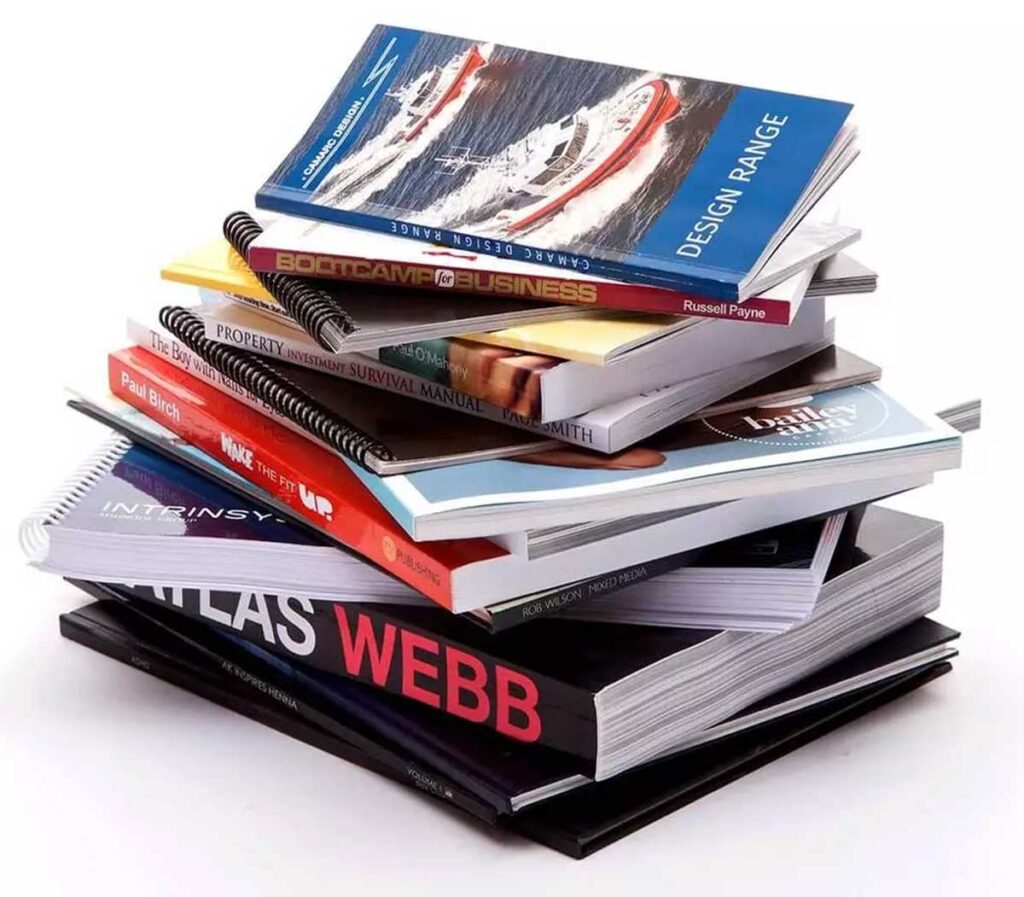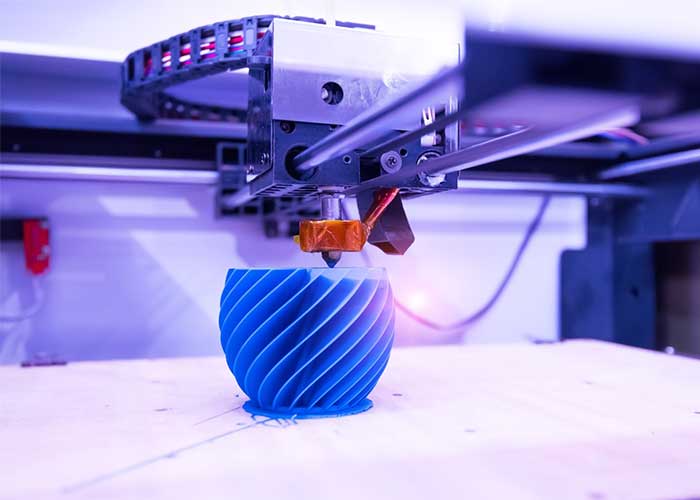How To Choose Binding Processes for Book Printing
Choosing the right binding process is essential to ensure your printed books are durable, functional, and aesthetically pleasing. Here are the primary binding methods used in book printing, each with its distinct advantages and suitable applications:
1. Perfect Binding
Overview: Perfect binding involves gluing the pages and cover together at the spine using a strong adhesive. The book is then trimmed to create clean, “perfect” edges.
Advantages:
- Professional appearance with a flat spine.
- Cost-effective for medium to large print runs.
- Suitable for thicker books (generally over 40 pages).
- Allows for printing on the spine (title, author, etc.).
Best For:
- Paperback books.
- Novels, catalogs, and manuals.
- Magazines and annual reports.
2. Case Binding (Hardcover Binding)
Overview: Case binding, often referred to as hardcover binding, involves sewing or gluing the pages together and attaching them to a rigid cover made of cardboard or a similar material. The cover is then wrapped with a printed and laminated cover sheet.
Advantages:
- Highly durable and long-lasting.
- Premium, professional appearance.
- Provides excellent protection for the interior pages.
- Allows for various decorative elements like embossing, foil stamping, and dust jackets.
Best For:
- High-end publications, coffee table books, and art books.
- Textbooks, reference books, and archival documents.
- Children’s books and collector’s editions.
3. Saddle Stitching
Overview: Saddle stitching involves folding sheets of paper and stapling them through the fold line, typically with two staples. It is a simple and economical binding method.
Advantages:
- Cost-effective for short runs and small books.
- Quick production process.
- Lies flat when open, making it easy to read.
- Suitable for smaller page counts (typically under 64 pages).
Best For:
- Booklets, brochures, and pamphlets.
- Magazines and zines.
- Event programs and manuals.
4. Wire-O Binding
Overview: Wire-O binding uses a series of double loops of wire threaded through holes punched along the spine of the book. This method allows the book to lay flat when open and offers a professional look.
Advantages:
- Durable and highly flexible.
- Pages can turn 360 degrees and lay flat.
- Ideal for books that require easy handling and frequent use.
- Allows for adding or removing pages easily.
Best For:
- Notebooks, journals, and planners.
- Instruction manuals and technical books.
- Cookbooks and workbooks.
5. Spiral Binding (Coil Binding)
Overview: Spiral binding involves inserting a plastic or metal coil through holes punched along the spine of the book. Similar to Wire-O binding, it allows the book to lay flat and turn pages completely around.
Advantages:
- Flexible and durable.
- Allows for 360-degree page rotation.
- Available in various colors and materials.
- Cost-effective for small to medium print runs.
Best For:
- Notebooks, workbooks, and journals.
- Technical manuals and guides.
- Calendars and planners.
6. Comb Binding
Overview: Comb binding uses a plastic comb spine inserted through rectangular holes punched along the edge of the book. It is easy to use and allows for adding or removing pages.
Advantages:
- Economical and quick to produce.
- Allows for easy page additions or replacements.
- Pages lie flat when open.
- Available in various colors.
Best For:
- Reports, presentations, and proposals.
- Workbooks and training manuals.
- Small-run projects requiring frequent updates.
Choosing the Right Binding Method
Selecting the right binding method depends on several factors, including:
- Book Type: Consider the purpose and usage of the book (e.g., a novel, manual, or coffee table book).
- Page Count: Some binding methods are better suited for specific page ranges (e.g., saddle stitching for under 64 pages).
- Durability: Determine how durable the book needs to be (e.g., hardcover for long-lasting quality).
- Cost: Evaluate the budget for your project, as some methods are more cost-effective for small runs, while others are better for larger volumes.
- Aesthetics: Consider the desired look and feel of the final product (e.g., premium appearance with case binding).
Understanding the different binding processes available for book printing allows you to choose the best method for your specific project needs. Each binding type offers unique advantages, ensuring your books are both functional and visually appealing. Contact CAIMEI today to discuss your binding options and find the best solution for your book printing needs.
Create Your Book Design Here
By offering a variety of binding methods and understanding their unique benefits, you can ensure your printed books meet your quality standards and functional requirements.



